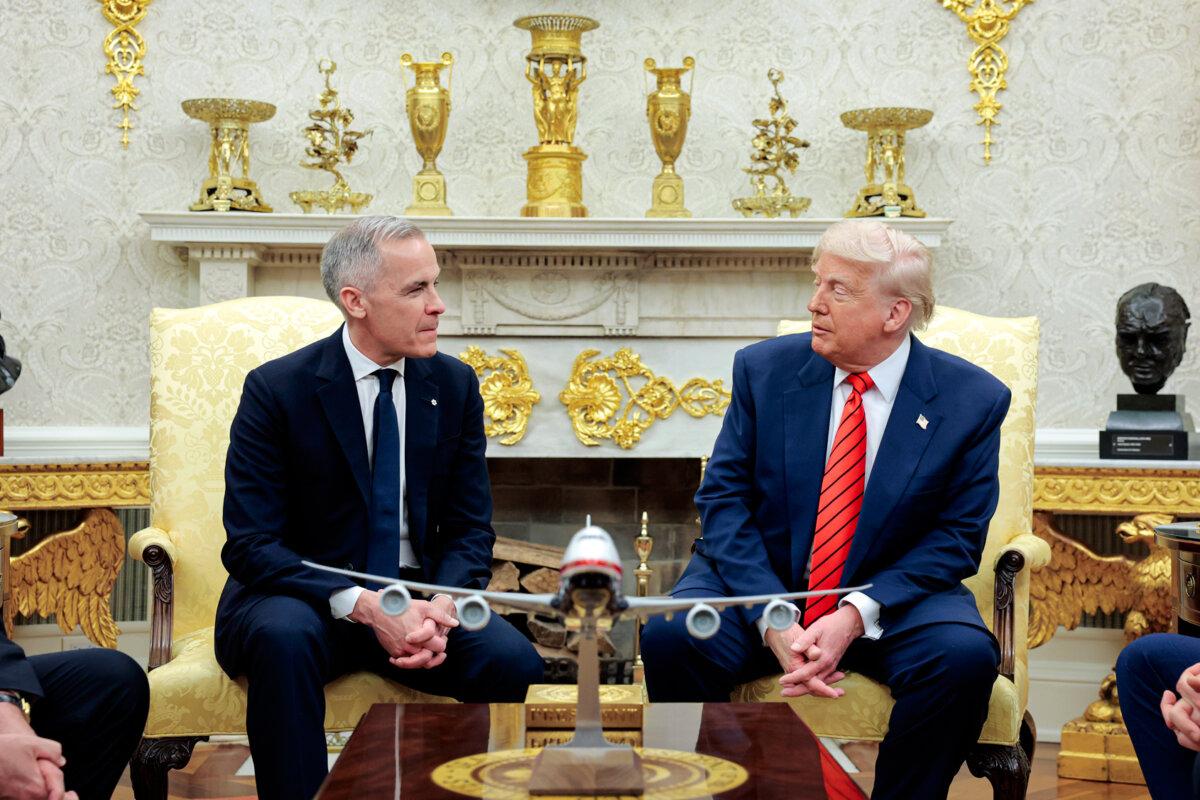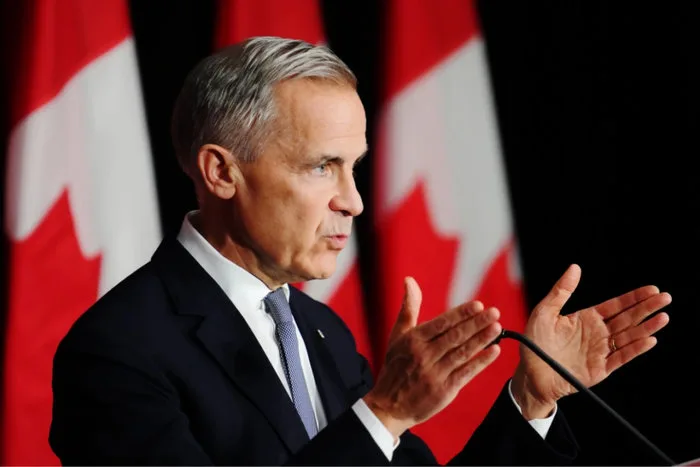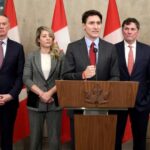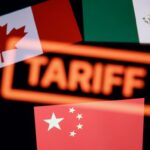By Victoria Friedman
Canadian Prime Minister Mark Carney said Canada will double its non-U.S. exports by 2035, which he said will generate CA$300 billion ($214.4 billion) more in trade.
Carney announced the goal in a televised speech on Oct. 22, saying the shift toward diversifying Canada’s international trade was necessary as its heavy reliance on the United States had become a vulnerability, particularly in light of U.S. President Donald Trump’s new trade tariffs.
The former head of the Bank of England said that the United States had “fundamentally changed its approach to trade, raising its tariffs to levels last seen during the Great Depression,” and that the scale and speed of these changes warrant that Canada’s economic strategy dramatically change.
He noted that in the past decades, the Canadian economy had become steadily more integrated with that of the United States, but that process “is now over.”
“Many of our former strengths—based on close ties to America—have become our vulnerabilities,” Carney said.
He added that Canada can no longer rely on a single foreign partner and cited recent efforts to engage with and reach trade agreements with other nations around the world.
“I am announcing an ambitious goal for Canada to double our non-U.S. exports in the next decade. This will generate $300 billion more in trade—and new orders for Canadian resources, technologies, and expertise,” Carney said.
Trade Negotiations
Carney made the speech ahead of releasing his government’s budget on Nov. 4, and amid ongoing trade deal negotiations with the United States.
Canada currently faces 35 percent tariffs on U.S. exports not covered by the United States-Mexico-Canada Agreement (USMCA), as well as sectoral tariffs on steel, aluminum, copper, automobiles, and softwood lumber. Carney has said 85 percent of trade between the United States and Canada remains tariff-free under the USMCA.
Earlier this month, Trump hosted Carney at the White House to discuss bilateral trade, foreign affairs, and border security.
Trump suggested during the media-permitted portion of the meeting that he’s ready to make some deals with Canada, though no details were provided.
“We’ll make some deals, and we’ll do some things that are good for both of our countries and markets,” he said.
When asked why a U.S.–Canada deal had not yet been reached, Trump said that it was a “complicated agreement.”
“More complicated, maybe, than any other agreement we have on trade because we have natural conflict. We also have mutual love,” Trump said.
“The problem we have is that they want a car company, and I want a car company.
“They want steel, and we want steel…in other countries, they’re very far away and there’s no problem. You can compete.
“We don’t like to compete because we sort of hurt each other when we compete.
“It’s a natural business conflict. Nothing wrong with it. I think we’ve come a long way over the last few months, actually, in terms of that relationship.”

Trump had previously expressed frustration with efforts to reach a trade deal with Ottawa. On June 27, in a post on Truth Social, he called Canada a “very difficult” country to trade with after Ottawa put a digital services tax on American tech companies.
The United States and Canada have a long history of integrated trade. Both countries were in the 1989 Canada–U.S. Free Trade Agreement, which was superseded by the North American Free Trade Agreement (NAFTA) in 1994.
NAFTA was then followed by the USMCA in 2020, which Congress will review in July 2026 to decide whether to extend the pact.
According to the Office of the U.S. Trade Representative, Canada has consistently been one of the United States’ top two trading partners. The United States had a total goods trade deficit with Canada of $62 billion in 2024, a 2.6 percent ($1.6 billion) decrease from 2023.
“In 2024, Canada was the top destination for U.S. exports and the third-largest source of U.S. imports. Canada exported over three-quarters of its goods to the United States and imported almost half of its goods from the United States,” the department noted.
Paul Rowan Brian contributed to this report.





